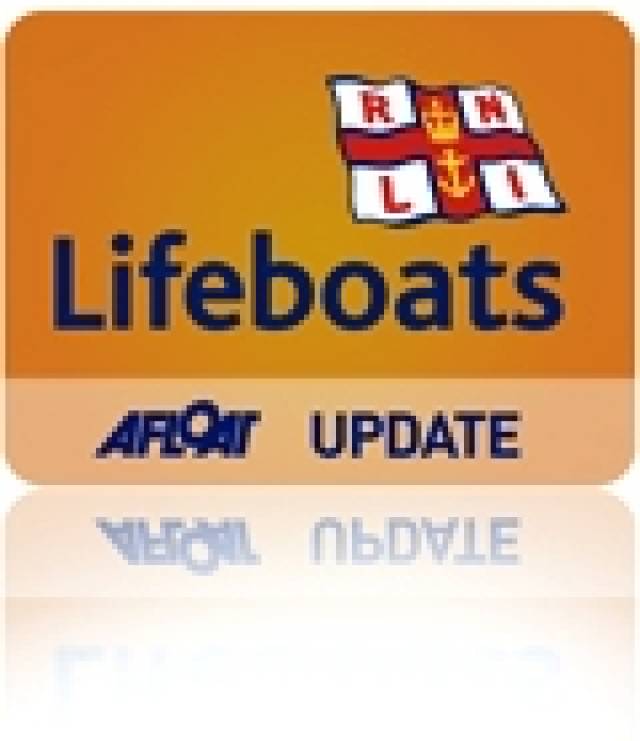A competitor returning to England from Cork Week was rescued after going overboard 50 miles off Land's End. Prue Nash, a yacht broker from Cowes, spent two hours in the water wihout a lifejacket and was lucky to survive the ordeal that took place in the early hours of Sunday morning.
Volunteer lifeboat crews from Sennen Cove and St Mary’s, Isles of Scilly, were launched in the early hours of Sunday morning following reports that the yachtswoman had fallen overboard 50 miles north west of Land’s End. Just before the lifeboats arrive on scene, the extremely fortunate sailor was found by another yacht and airlifted to hospital.
Nash was wearing a life jacket and harness when she went over the edge, but had to take them off after they became trapped and were pinning her underwater.
The racing yacht Buccaneer was returning from Cork Week Regatta in Ireland when the woman went overboard in fresh south westerly winds and a moderate sea. Another yacht, Jaguar Logic, relayed a message to Falmouth coastguards and the two lifeboats were launched, along with the rescue helicopter from RAF Chivenor.
The RNLI crews on Sennen Cove Tamar class all weather lifeboat and the St Mary’s Severn class all weather lifeboat headed for the scene at top speed. But just 12 or so miles from the scene, news came that the woman, who had been in the water for two hours, had been found alive and was being winched onboard the helicopter. She was then flown to the Royal Cornwall Hospital at Treliske in Truro, Cornwall.
The Sennen Cove lifeboat crew onboard City of London III, arrived home at 5am in the morning after an 80 mile round trip, while the crew onboard the St Mary’s relief lifeboat Beth Sells, were back in the islands at around the same time.
Terry George, RNLI Coxswain at Sennen Cove, says the woman was extremely fortunate:
‘The yachtswoman was very lucky to survive several hours in the water and in the pitch dark. Fortunately there were other yachts in the area that responded immediately and search and rescue assets were launched very quickly too. It happened a long way out but this is why the RNLI position fast response all weather lifeboats like our Tamar, at key places around the coast.’
Related Safety posts
RNLI Lifeboats in Ireland
Safety News
Rescue News from RNLI Lifeboats in Ireland
Coast Guard News from Ireland
Water Safety News from Ireland
Marine Casualty Investigation Board News
Marine Warnings































































